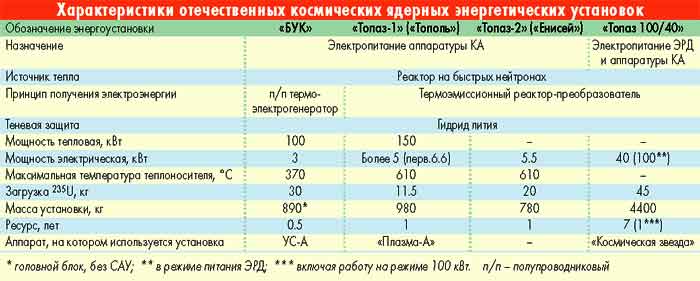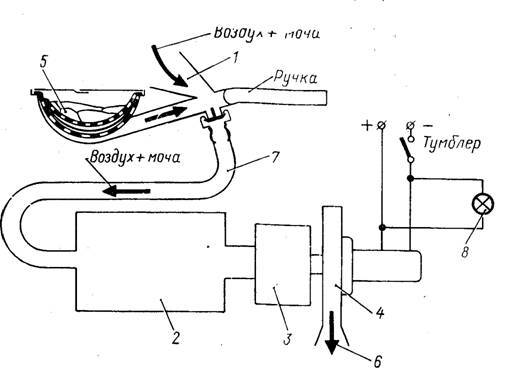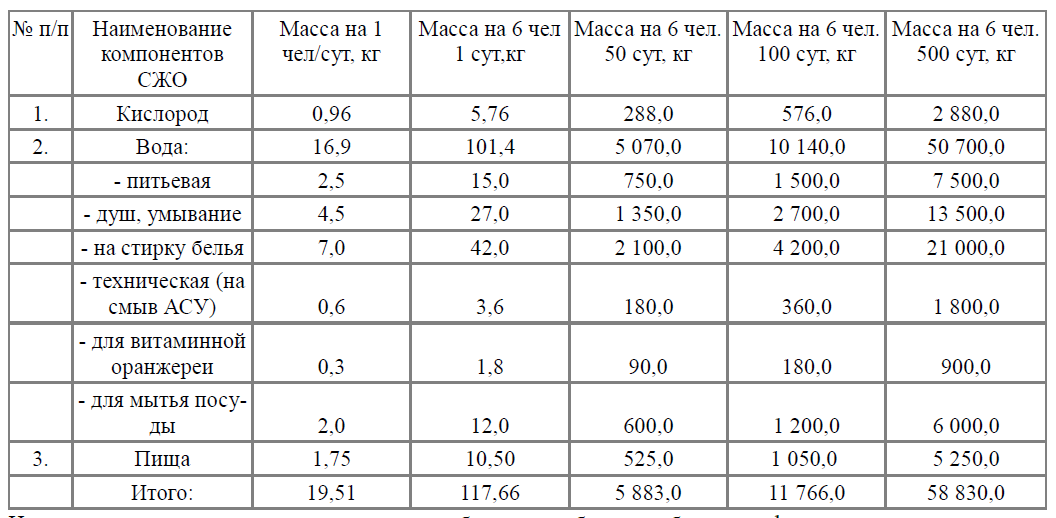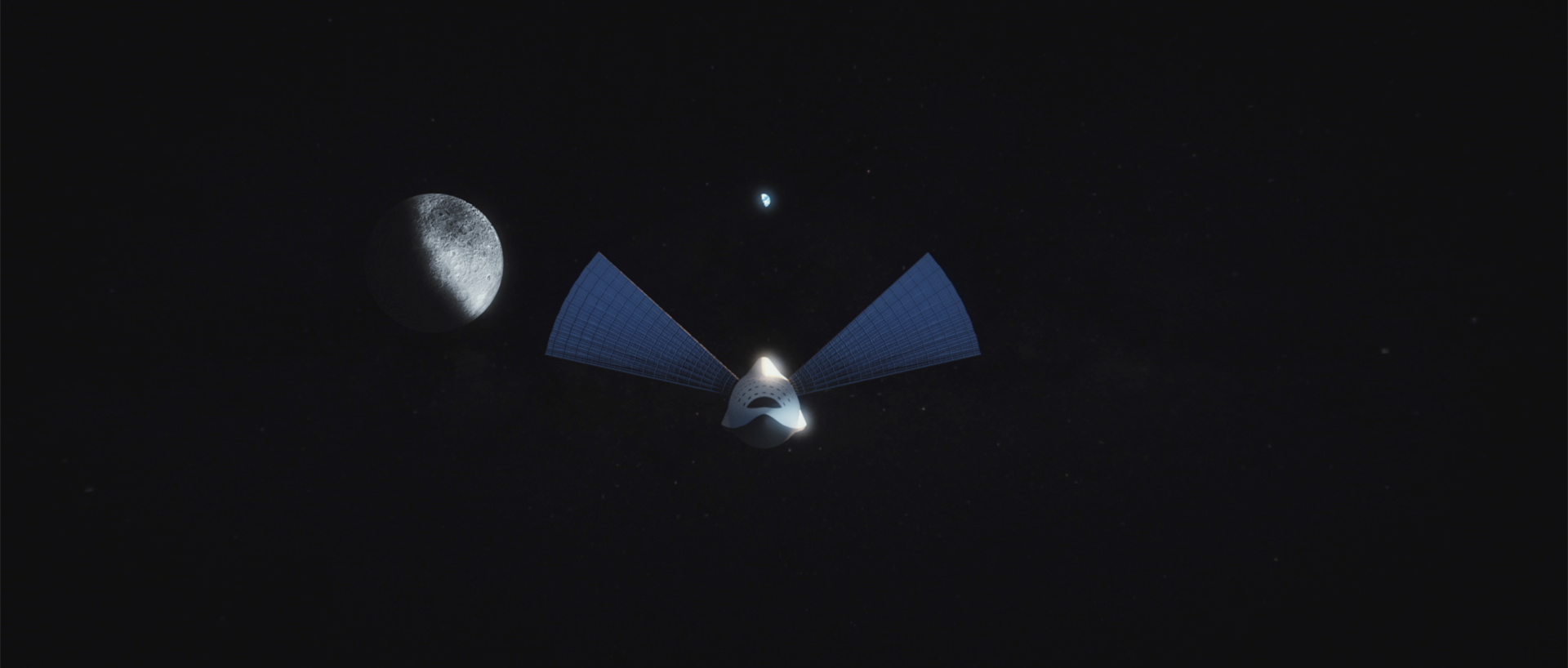Will Starship fly to Mars?
For almost 60 years of space exploration projects to Mars and other planets have been many and varying degrees of elaboration. But the SpaceX Starship project (Starship) stands out among them for the following reasons:
Why "Zvezdolot" can manage only LRE, as usual, under the cut.
A key feature of the Starship project is the use of Martian resources to produce fuel for the return flight. Such a move can actually reduce by half the missile cholesterol as compared to a round-trip flight at one filling station at the same speed.

Mars Direct. The distant ship is returnable and waited for the arrival of the ship with the crew (near), accumulating fuel.
')
By itself, this approach is not something new: the production of methane from the Martian atmosphere and brought hydrogen was still in the Mars Direct project by Robert Zubrin. The Mask project differs in ship size, reusability and high speed of interplanetary flight. The latter is a consequence of the fact that in order to reach the second stage of a reusable rocket with the first stage rescued according to the “Falcon-9 method” mastered by SpaceX, it is necessary to provide an increment of about 7 km / s. And since for the flight to Mars, it is planned to refuel the same second stage with reusable tankers at its own base, that is, it makes sense to refuel it completely and fly along a fast path. From the non-filling of fuel, the oil supply will not increase (and additional loading is more complicated than refueling, and the compartments are not rubber), and tanker flights are planned ultra-cheap. A total of 6 launches are planned for one ship: the withdrawal of the ship itself and 5 refueling.

The hydrogen content (most likely in the form of water ice) in the surface layer of Martian soil, according to the Mars Odyssey satellite.
So, it remains to deploy on Mars production of methane-oxygen fuel from local resources. Namely: “groundwater” detected by satellites (most likely in the form of permafrost, although it may be liquid) and carbon dioxide from the atmosphere.
For the production of methane is supposed to use the reaction Sabatier:
CO2 + 4H2 = CH4 + 2H2O
The good news is that this reaction is exothermic, so that the heat from the Sabatier reactor can be adapted, for example, to evaporation of permafrost. Hydrogen for the Sabatier reaction and oxygen for the rocket will have to be extracted by electrolysis of Martian water and water produced in the Sabatier reaction.
According to the 2017 presentation, the full BFR filling consists of 240 tons of methane and 860 tons of oxygen. Since the presentation has changed the material of the body, but not the engine and the laws of physics - we can assume that the proportion of 3.58 tons of oxidizer to a ton of fuel has been preserved. But there is one nuance: the amount of hydrogen required to produce a kilogram of methane in the production of electrolysis gives four kilograms of oxygen. So instead of 1100 tons, we need to produce 1200. By the way, 100 tons of oxygen when used in the LSS will be enough for about 100 thousand man-days.
Water electrolysis is on the one hand energy consuming process, and on the other, with a properly designed installation, it has an efficiency of around 100%. Rounding up we get 16 MJ per kilogram of water. Or 18 MJ per kilogram of oxygen produced. In terms of a kilogram of the final product, the cost of electrolysis will be 14.4 MJ.
Distillation of water to prepare for electrolysis requires about 22-30 kJ per kilogram of water (the distiller on Mars can work near the triple point), and distillation is required only for dirty local water, and not for Sabatier reaction waste, and condensation of components into a liquid state (for oxygen excluding the efficiency of the refrigerator within 0.4 MJ / kg). The cost of temperature control of the components of the fuel in the tanks without knowing the design of the ship somehow accurately estimate will not work. So we will simply assume that we need 20 MJ per kilogram of the final product. Or +5.6 MJ for non-electrolysis costs.
So. We estimated the need for energy at 20 MJ per kilogram of product. On the one hand, it is a lot. But on the other - between the starting windows for two years, respectively, so much time we have to produce 1200 tons of product. Two years is about 60 million seconds, and the total performance of the fuel “plant” should be ... 20 grams per second. Because the "plant" and in quotes. Average power consumption is 400 kW.
A nuclear reactor disappears - all real-life space NPUs had electrical power two orders of magnitude less than required. SpaceX doesn’t even pull the development of a nuclear power unit with the required power density. But Mask has Tesla from the former Solar City, which produces solar panels.

Soviet space nuclear power units. Project Topaz-100/40 did not get to space. And everyone, to put it mildly, does not inspire the duration of work in the maximum power mode
The good news is that buffer batteries are not needed by the fuel plant. Production of rocket fuel is battery charging. So it suffices to calculate only the area of solar cells required to provide an average power of 400 kW, taking into account the average daily cycle.
On average, during the Martian year, the solar constant is about 600 W / m2 normal. We will assume that the SSs simply lie on the slope of the crater in the optimum position for a given latitude - this is also the main way of mounting them on Earth. Without dust storms, the average Martian day per square meter drops 191 watts of light (600 / pi). To account for the storms, we will introduce a factor of 0.7 (I do not know the Martian meteorology, but they will certainly choose a place where the dust is less). As a result, with an efficiency of 20%, we get 26 W per square meter on average per day. Again, for convenience and reliability, we round it, but this time down - up to 20 W / m2. For the required 400 kW you will need 20,000 square meters or 2 hectares of solar panels. In modern household SAT specific weight of about 10 kg / m2. Together with the box for mounting on the roof, on Earth, where the wind pressure is orders of magnitude stronger than the Martian one. While the designers of this box it is optimized for manufacturability, not weight. In flexible solar panels (again for domestic purposes), the proportion is already 3.5 kg / m2. On Mars, they can simply roll out on the ground - with a pressure of 6 mbar, the wind cannot carry them away. But it will be able to bring dust, which will have to be blown away or swept away by the robots or by the astronauts themselves (“Spirits” had to wait for the “dust devil”).

Flexible Sat for Earth
But let's say, together with the wires, our solar power plant still weighs 10 kg per meter. For the desired 2 hectares of batteries, we need 200 tons. While the plan for Mars at the beginning of the launch of 2 unmanned ships, and in the next window - 2 cargo and 2 manned with a crew of no more than 10 people. Total 6 ships and from 600 to 900 tons on the surface of Mars. The first figure was obtained from the assumption that 150 tons of MON would not be able to get out or could not (and 100 tons rockets on the NOU quite existed). At least 3 times more than required.
Except for the fuel plant, energy will also be needed ...
First, it’s the main thing (s): Russia will not be able to leave SpaceX without a space toilet . The fact is that the reliability of the Soviet space toilet compared to the WCS standing on the Shuttle is not the merit of the super-secret Soviet technology, but that the Americans over-complicate their system by trying to automate the process of evacuating fecal masses away from the astronaut. Which leads to blockages and other "joys." While in the Soviet-Russian space sortir, the air flow only ensured the feces to be pressed against the surface of the perforated bag, which, after use, is required to be stored by hand. On the Skylab, the Americans had an even simpler system in which the bag for feces was airtight and required pushing off waste products with fingers (using special bags) deeper into the bag, but it had a urine pumping system. SpaceX can both lift the Skylab toilet (which, despite the need for additional manipulations with the package, is even more reliable than the Russian one) and develop its analogue of the Union with the pressure of the waste to the bag with air flow.

The scheme of the Soviet space toilet. Urine goes through the pipe with a stream of air, the feces remains in the compartment with the number 5, pressed against the stream of air.

Toilet American times "Shuttle". The greater complexity (and lower reliability) of the system is associated with an attempt to evacuate feces in the same flow that carried urine.
From waste disposal, we move on to other human needs. As can be seen from the table (taken from here ), the need of a crew of 6 people for a flight of 500 days (which is slightly less than the expected duration of the Martian mission on the Starship) will require 58 tons of oxygen, food and water. Of which water is 50 tons.

In principle, taking into account the fast flight path of the Zvezdoleta (time depends on the type of confrontation, but an average of 115 days), the ship can manage with water supplies. But since the Martian plant still requires the development of technology for the preparation of local water for electrolysis (that is, its purification and distillation), it is possible to regenerate it.
The water recovery systems developed in the USSR for the Mir station weighed 2.4 tons per 6 crew members. In the case of using water recovered from urine to produce oxygen by electrolysis (the mass of urine per day just approximately coincides with the human need for oxygen at the same time), the main consumer will again be the electrolyzer with its 18 MJ per kilogram of product. Oxygen per person requires about a kilogram per day, which gives the electrolyzer consumed power of 208 watts per person. Distillation, I repeat, in the presence of a vacuum, it requires about 22 kJ per kilogram, which is negligible against the background of the electrolyzer costs, even taking into account the larger amount of domestic water. Taking the need for energy of 300 watts per person, including the cost of lighting and charging tablets (with space maps, yeah), we get 30 kW for a 100-seater spacecraft. This is only twice as much as the SAT of modern communications satellites (up to 15 kW per satellite). Upon arrival on Mars, the cost of electrolysis of water to provide oxygen is turned off - the fuel plant, and thus produces 100 extra tons of oxygen per filling.
Her danger is greatly exaggerated. In space, there are two sources of radiation: the Sun, which gives a lot of relatively low-energy particles, but radiates only from one direction, and the SPI, which "shines" small amounts of high-energy particles from everywhere. Accordingly, it is possible to defend oneself from the Sun simply by arranging - by turning non-living compartments to it. Actually, this is how it is planned, as evidenced by at least the location of the Security Council on the "Starship" (see picture). GKI is easier to endure, since the flight goes along a fast trajectory. Received during the flight, the dose of GKI, on the one hand, is higher than the norms of earth workers in the nuclear industry, but on the other hand, it is several times lower than what is required for the development of even chronic radiation sickness.

Render then still ITS. The case is now different, but the placement of the Security Council remains the same.
- Fully private initiative and funding, at least for now.
- Despite the previous point, high availability. One of the key technologies (reusable fluid level) has already been mastered , the construction of the prototype is under way, the engine has been tested.
- Ambitious. Not just fly to Mars, but start building a permanent colony. And the ship in the future can carry for a hundred people. And not only to Mars.
- Lack of nuclear, plasma
and hyperspaceengines. Only LREonly hardcore.
Why "Zvezdolot" can manage only LRE, as usual, under the cut.
Space Refueling
A key feature of the Starship project is the use of Martian resources to produce fuel for the return flight. Such a move can actually reduce by half the missile cholesterol as compared to a round-trip flight at one filling station at the same speed.

Mars Direct. The distant ship is returnable and waited for the arrival of the ship with the crew (near), accumulating fuel.
')
By itself, this approach is not something new: the production of methane from the Martian atmosphere and brought hydrogen was still in the Mars Direct project by Robert Zubrin. The Mask project differs in ship size, reusability and high speed of interplanetary flight. The latter is a consequence of the fact that in order to reach the second stage of a reusable rocket with the first stage rescued according to the “Falcon-9 method” mastered by SpaceX, it is necessary to provide an increment of about 7 km / s. And since for the flight to Mars, it is planned to refuel the same second stage with reusable tankers at its own base, that is, it makes sense to refuel it completely and fly along a fast path. From the non-filling of fuel, the oil supply will not increase (and additional loading is more complicated than refueling, and the compartments are not rubber), and tanker flights are planned ultra-cheap. A total of 6 launches are planned for one ship: the withdrawal of the ship itself and 5 refueling.

The hydrogen content (most likely in the form of water ice) in the surface layer of Martian soil, according to the Mars Odyssey satellite.
So, it remains to deploy on Mars production of methane-oxygen fuel from local resources. Namely: “groundwater” detected by satellites (most likely in the form of permafrost, although it may be liquid) and carbon dioxide from the atmosphere.
Methane plant
For the production of methane is supposed to use the reaction Sabatier:
CO2 + 4H2 = CH4 + 2H2O
The good news is that this reaction is exothermic, so that the heat from the Sabatier reactor can be adapted, for example, to evaporation of permafrost. Hydrogen for the Sabatier reaction and oxygen for the rocket will have to be extracted by electrolysis of Martian water and water produced in the Sabatier reaction.
According to the 2017 presentation, the full BFR filling consists of 240 tons of methane and 860 tons of oxygen. Since the presentation has changed the material of the body, but not the engine and the laws of physics - we can assume that the proportion of 3.58 tons of oxidizer to a ton of fuel has been preserved. But there is one nuance: the amount of hydrogen required to produce a kilogram of methane in the production of electrolysis gives four kilograms of oxygen. So instead of 1100 tons, we need to produce 1200. By the way, 100 tons of oxygen when used in the LSS will be enough for about 100 thousand man-days.
Water electrolysis is on the one hand energy consuming process, and on the other, with a properly designed installation, it has an efficiency of around 100%. Rounding up we get 16 MJ per kilogram of water. Or 18 MJ per kilogram of oxygen produced. In terms of a kilogram of the final product, the cost of electrolysis will be 14.4 MJ.
Distillation of water to prepare for electrolysis requires about 22-30 kJ per kilogram of water (the distiller on Mars can work near the triple point), and distillation is required only for dirty local water, and not for Sabatier reaction waste, and condensation of components into a liquid state (for oxygen excluding the efficiency of the refrigerator within 0.4 MJ / kg). The cost of temperature control of the components of the fuel in the tanks without knowing the design of the ship somehow accurately estimate will not work. So we will simply assume that we need 20 MJ per kilogram of the final product. Or +5.6 MJ for non-electrolysis costs.
So. We estimated the need for energy at 20 MJ per kilogram of product. On the one hand, it is a lot. But on the other - between the starting windows for two years, respectively, so much time we have to produce 1200 tons of product. Two years is about 60 million seconds, and the total performance of the fuel “plant” should be ... 20 grams per second. Because the "plant" and in quotes. Average power consumption is 400 kW.
A nuclear reactor disappears - all real-life space NPUs had electrical power two orders of magnitude less than required. SpaceX doesn’t even pull the development of a nuclear power unit with the required power density. But Mask has Tesla from the former Solar City, which produces solar panels.

Soviet space nuclear power units. Project Topaz-100/40 did not get to space. And everyone, to put it mildly, does not inspire the duration of work in the maximum power mode
The good news is that buffer batteries are not needed by the fuel plant. Production of rocket fuel is battery charging. So it suffices to calculate only the area of solar cells required to provide an average power of 400 kW, taking into account the average daily cycle.
On average, during the Martian year, the solar constant is about 600 W / m2 normal. We will assume that the SSs simply lie on the slope of the crater in the optimum position for a given latitude - this is also the main way of mounting them on Earth. Without dust storms, the average Martian day per square meter drops 191 watts of light (600 / pi). To account for the storms, we will introduce a factor of 0.7 (I do not know the Martian meteorology, but they will certainly choose a place where the dust is less). As a result, with an efficiency of 20%, we get 26 W per square meter on average per day. Again, for convenience and reliability, we round it, but this time down - up to 20 W / m2. For the required 400 kW you will need 20,000 square meters or 2 hectares of solar panels. In modern household SAT specific weight of about 10 kg / m2. Together with the box for mounting on the roof, on Earth, where the wind pressure is orders of magnitude stronger than the Martian one. While the designers of this box it is optimized for manufacturability, not weight. In flexible solar panels (again for domestic purposes), the proportion is already 3.5 kg / m2. On Mars, they can simply roll out on the ground - with a pressure of 6 mbar, the wind cannot carry them away. But it will be able to bring dust, which will have to be blown away or swept away by the robots or by the astronauts themselves (“Spirits” had to wait for the “dust devil”).

Flexible Sat for Earth
But let's say, together with the wires, our solar power plant still weighs 10 kg per meter. For the desired 2 hectares of batteries, we need 200 tons. While the plan for Mars at the beginning of the launch of 2 unmanned ships, and in the next window - 2 cargo and 2 manned with a crew of no more than 10 people. Total 6 ships and from 600 to 900 tons on the surface of Mars. The first figure was obtained from the assumption that 150 tons of MON would not be able to get out or could not (and 100 tons rockets on the NOU quite existed). At least 3 times more than required.
Except for the fuel plant, energy will also be needed ...
LSS
First, it’s the main thing (s): Russia will not be able to leave SpaceX without a space toilet . The fact is that the reliability of the Soviet space toilet compared to the WCS standing on the Shuttle is not the merit of the super-secret Soviet technology, but that the Americans over-complicate their system by trying to automate the process of evacuating fecal masses away from the astronaut. Which leads to blockages and other "joys." While in the Soviet-Russian space sortir, the air flow only ensured the feces to be pressed against the surface of the perforated bag, which, after use, is required to be stored by hand. On the Skylab, the Americans had an even simpler system in which the bag for feces was airtight and required pushing off waste products with fingers (using special bags) deeper into the bag, but it had a urine pumping system. SpaceX can both lift the Skylab toilet (which, despite the need for additional manipulations with the package, is even more reliable than the Russian one) and develop its analogue of the Union with the pressure of the waste to the bag with air flow.

The scheme of the Soviet space toilet. Urine goes through the pipe with a stream of air, the feces remains in the compartment with the number 5, pressed against the stream of air.

Toilet American times "Shuttle". The greater complexity (and lower reliability) of the system is associated with an attempt to evacuate feces in the same flow that carried urine.
From waste disposal, we move on to other human needs. As can be seen from the table (taken from here ), the need of a crew of 6 people for a flight of 500 days (which is slightly less than the expected duration of the Martian mission on the Starship) will require 58 tons of oxygen, food and water. Of which water is 50 tons.

In principle, taking into account the fast flight path of the Zvezdoleta (time depends on the type of confrontation, but an average of 115 days), the ship can manage with water supplies. But since the Martian plant still requires the development of technology for the preparation of local water for electrolysis (that is, its purification and distillation), it is possible to regenerate it.
The water recovery systems developed in the USSR for the Mir station weighed 2.4 tons per 6 crew members. In the case of using water recovered from urine to produce oxygen by electrolysis (the mass of urine per day just approximately coincides with the human need for oxygen at the same time), the main consumer will again be the electrolyzer with its 18 MJ per kilogram of product. Oxygen per person requires about a kilogram per day, which gives the electrolyzer consumed power of 208 watts per person. Distillation, I repeat, in the presence of a vacuum, it requires about 22 kJ per kilogram, which is negligible against the background of the electrolyzer costs, even taking into account the larger amount of domestic water. Taking the need for energy of 300 watts per person, including the cost of lighting and charging tablets (with space maps, yeah), we get 30 kW for a 100-seater spacecraft. This is only twice as much as the SAT of modern communications satellites (up to 15 kW per satellite). Upon arrival on Mars, the cost of electrolysis of water to provide oxygen is turned off - the fuel plant, and thus produces 100 extra tons of oxygen per filling.
And radiation
Her danger is greatly exaggerated. In space, there are two sources of radiation: the Sun, which gives a lot of relatively low-energy particles, but radiates only from one direction, and the SPI, which "shines" small amounts of high-energy particles from everywhere. Accordingly, it is possible to defend oneself from the Sun simply by arranging - by turning non-living compartments to it. Actually, this is how it is planned, as evidenced by at least the location of the Security Council on the "Starship" (see picture). GKI is easier to endure, since the flight goes along a fast trajectory. Received during the flight, the dose of GKI, on the one hand, is higher than the norms of earth workers in the nuclear industry, but on the other hand, it is several times lower than what is required for the development of even chronic radiation sickness.

Render then still ITS. The case is now different, but the placement of the Security Council remains the same.
Source: https://habr.com/ru/post/443060/
All Articles